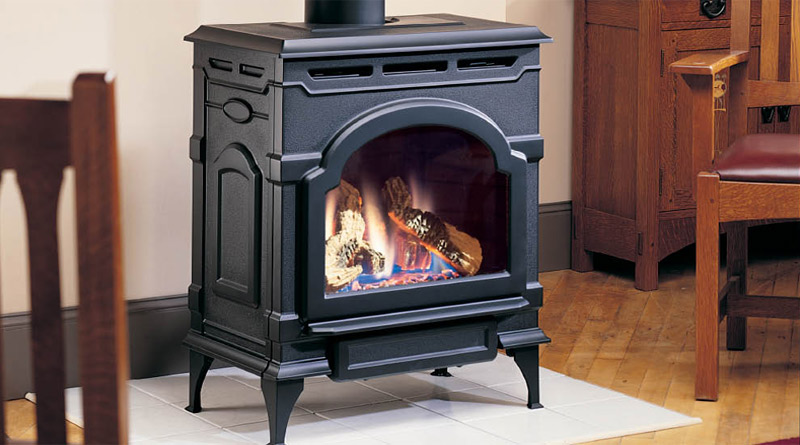The Advantages of Propane Stoves
Propane stoves use a highly portable, concentrated, and safe fuel that has been used for years in camping stoves and outdoor BBQs. Rising electric and heating oil bills are prompting people to look for alternative heating, and propane is quickly moving into homes as a main heating fuel. Many who install a gas stove for adjunct zone heating find that the stove will actually supply a tremendous amount of heat throughout the entire home, and are pleased with the convenience these stoves afford.
Propane is a gas that is produced as a by-product of natural gas and oil processing; almost ninety percent is generated in the United States. Often referred to as LP gas (liquefied petroleum gas), propane is condensed and stored as a liquid, making it very compact. Propane’s portability makes it perfect for use in rural areas where homes are far away from a power grid or natural gas lines. It can be stored easily on a homeowner’s property, and LP companies will actually deliver the liquefied propane to the home, adding another level of convenience. Plus, it can even be produced from human or cattle manure.
Ease of use is what makes propane stoves so desirable in homes. Not only are the stoves themselves compact and simple to install, but they can be operated by remote control! One button push yields instantaneous fire, and many are equipped with thermostats that will turn the stove on when temperatures drop below a certain level, or off when a high temperature is reached. Propane burns hotter and more evenly than other fuels, and emits sixty to seventy percent less hydrocarbons than oil products, so gas stoves do not necessarily require a chimney vent. Many are direct vent systems that are entirely self-contained; no smoldering ashes or sparks are produced. The mess of wood, as well as the danger, is kept out of the home. When that severe winter storm hits, and the electricity fails, you can count on your gas stove to supply warmth to your family.
Anyone who has used a propane stove can attest to its reliability even in extreme conditions like those in winter, but manufacturers are now coming out with models that are aesthetically pleasing as well. Much like a natural gas fireplace, a gas stove has authentic wood-like logs with flames glowing beneath. Cast iron is one choice for the exterior, and the stove can be ordered in many different colors and styles to suit the particular décor in a room. Sizes of the stoves range from small to large, some have feet and others have pedestal bases, and many different exterior designs exist for the hard to please buyer. Efficiency ratings and output differ with each model and manufacturer, and while most propane stoves are highly efficient, be sure to ask for that information before purchase.
With the cost of electricity at two times that of propane, propane fueled stoves are an economical, smart heating alternative for any home. Rural or suburban, homes with such stoves can feel secure and stay warm even in the most inclement weather conditions.

